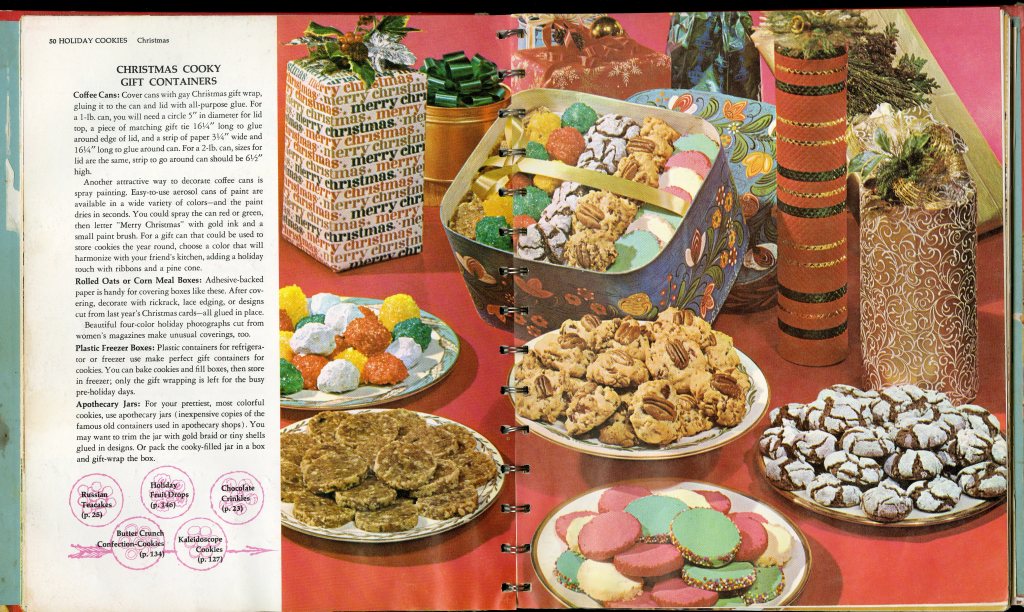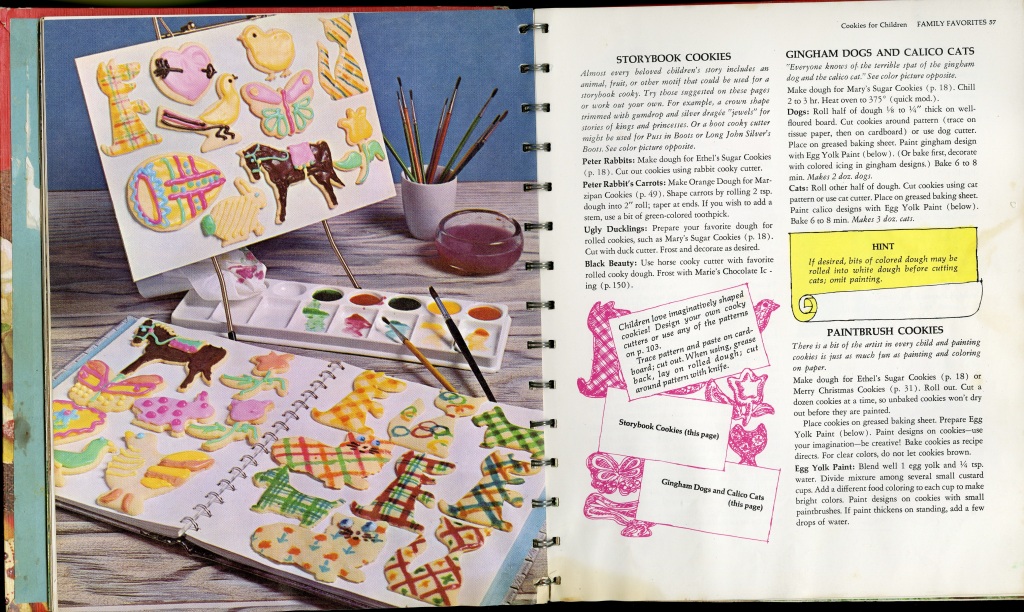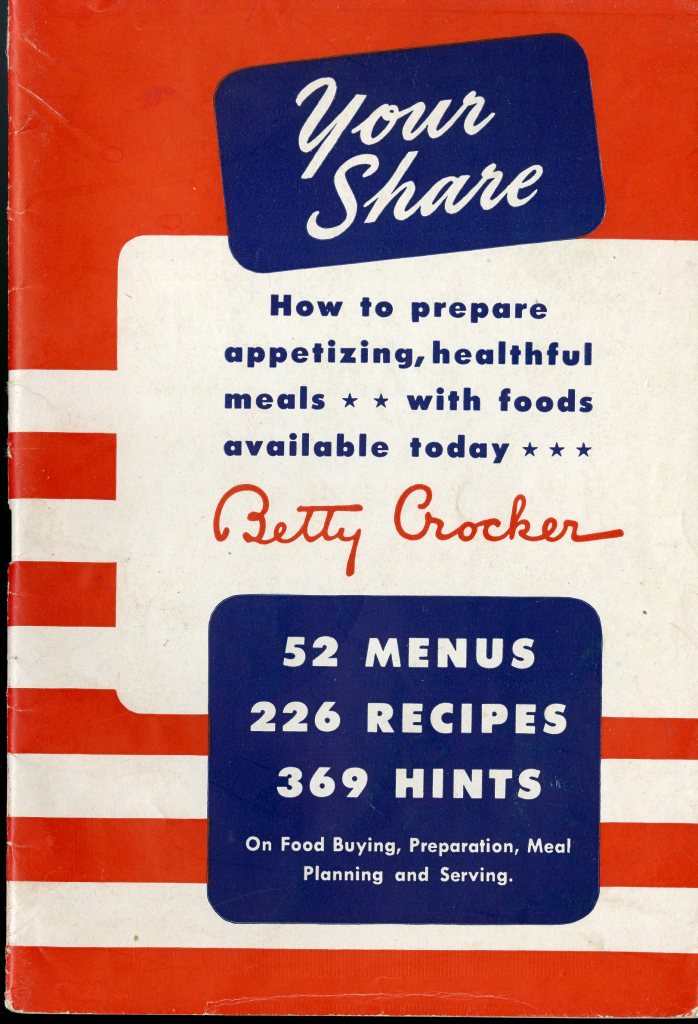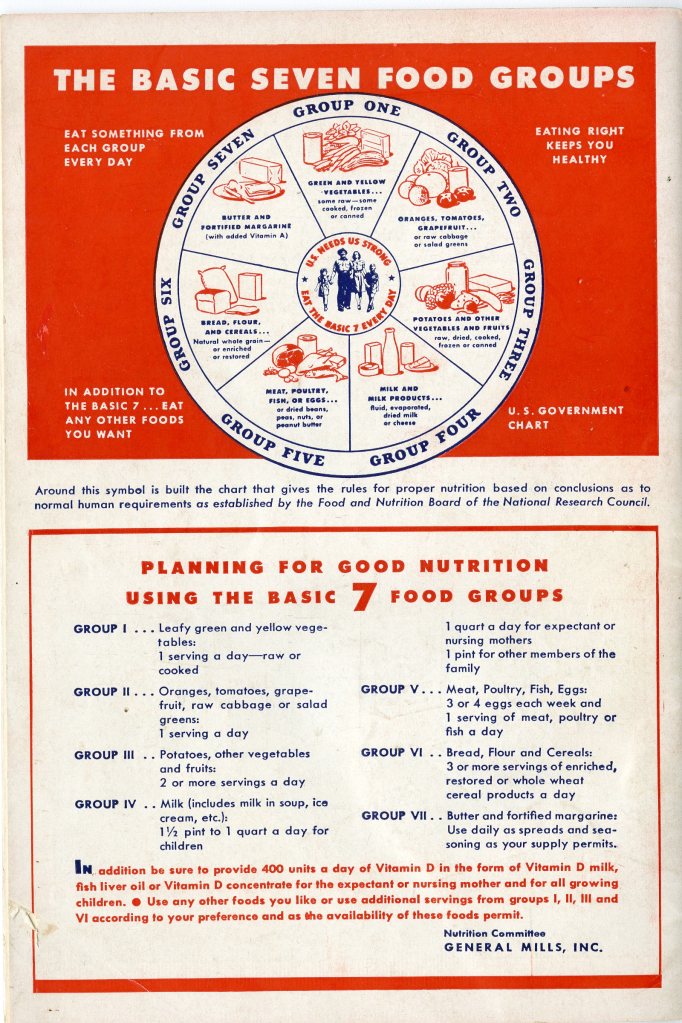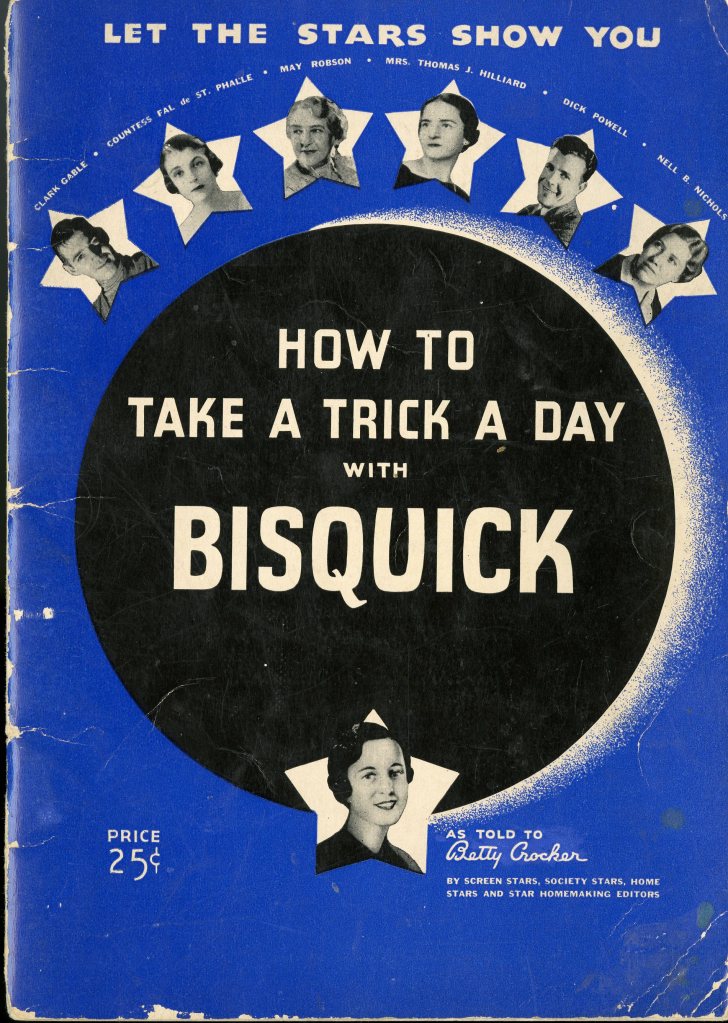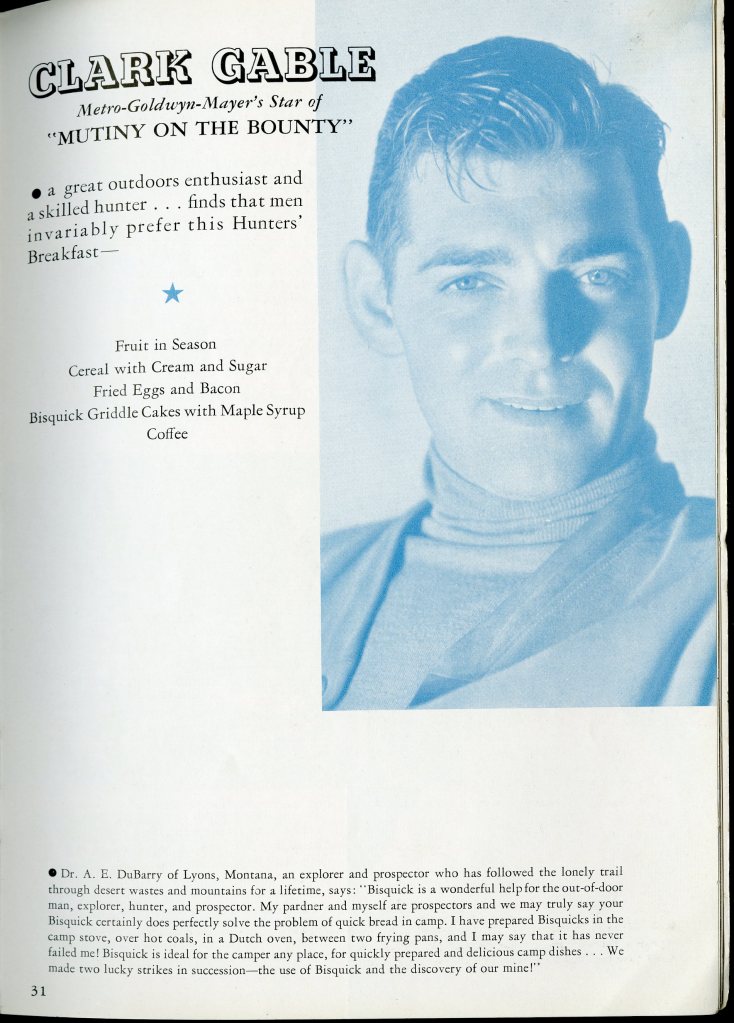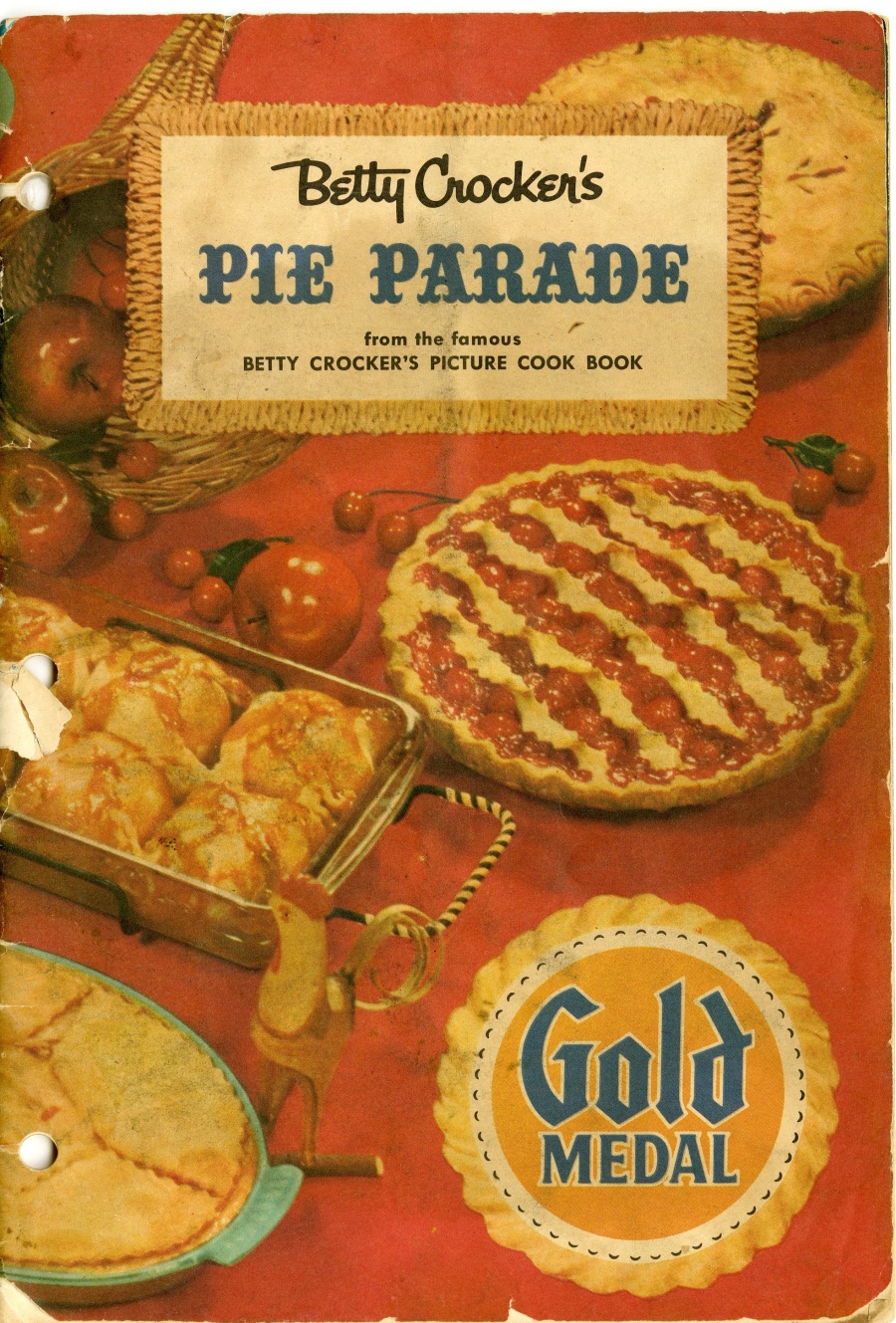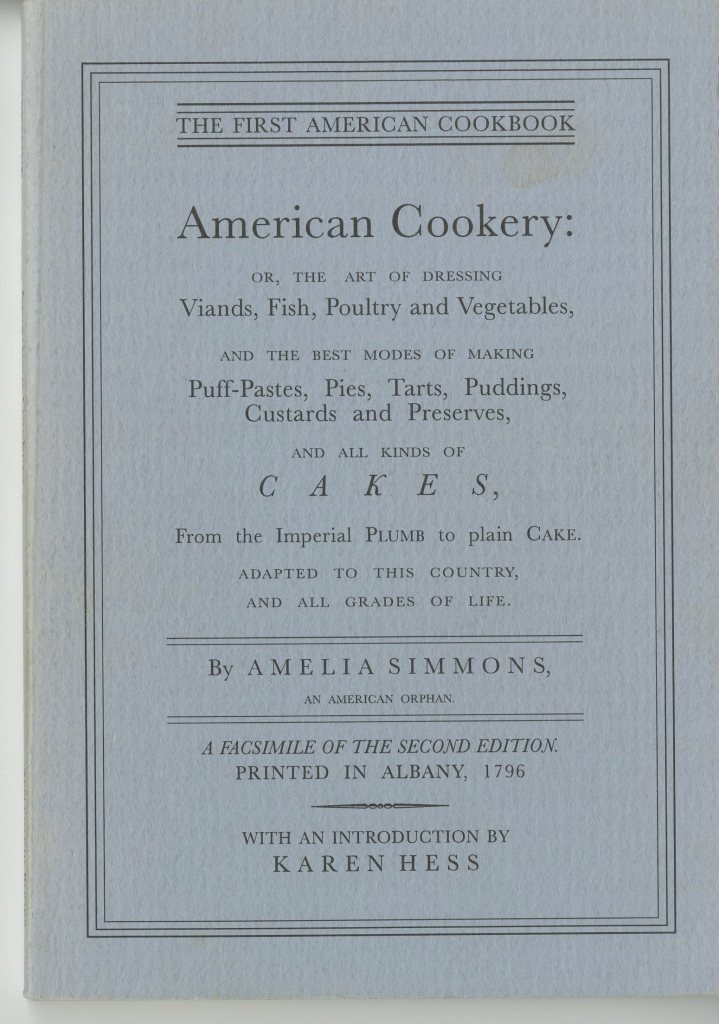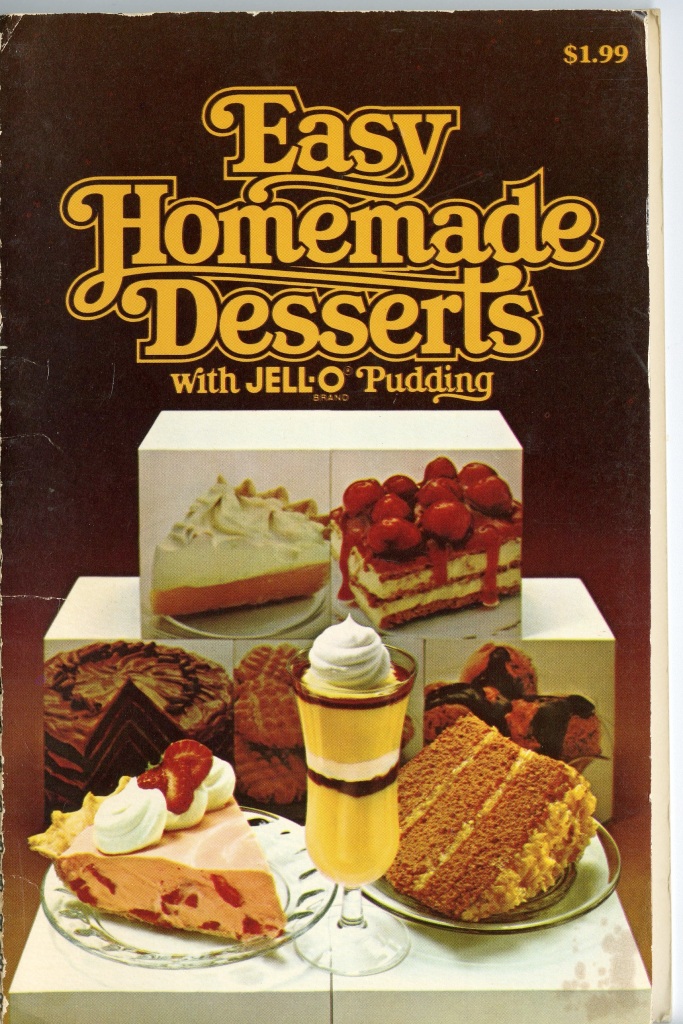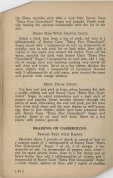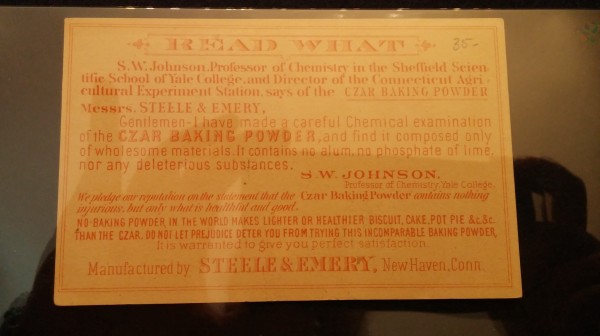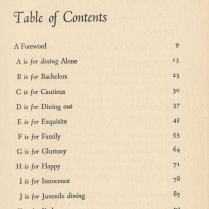It’s March 14, and that can only mean one thing: It’s Pie Day! (3.14… and all that). While you may not know it, librarians and archivists, in addition to enjoying food ourselves and managing food collections, can get equally caught up in MAKING food. This year, a bunch of us just might be making pies from recipes in our collection. I missed out last year, but I wasn’t missing out this year! If you want to see what others are doing, I recommend checking out #PieDay2022 and #GLPBO2022. As for me? Well, it all starts with Nancy (Nannie) Godwin Figgat and her 1860s handwritten recipe book (see Southwest Virginia Counties Collection, Ms2000-092). No contemporary recipes for me, y’all–bring on a challenge! (Although we’ll talk about some…minor changes I made along the way in a bit.)
Nannie’s receipt book had more than one pie recipe, but let’s be honest about 19th receipts: Directions can be a bit sparse an a lot of assumptions are made on the part of the baker about their knowledge. I have SOME skills, but I wasn’t about to take on the “Molasses Pie” recipe that had only three lines of directions. Besides, then I found chocolate. “Chocolate Pie,” that is. Here’s the recipe (I can’t say for sure this is “her” recipe, but if she didn’t create it, at least she seemed to have wanted to make it):
Scrape three tablespoons full of Chocolate, put it on the Stove with a teacup of sweet milk, or cream, one tablespoon full of butter, one teacup of Sugar, let it come to a boil, take the yolks of three eggs, beat them hard+ pour them into the mixture of Chocolate, make a rich pastry + put it in the pie plate + pour in the mixture, season with vanilla, put into the stove + bake. When done beat the whites of the eggs to a stiff froth with half a teacup of white sugar + a little vanilla + spread it on the pudding, return to the oven + bake a few minutes. This makes three pies.
Before I could even get to baking (let’s also be honest that while I am a good baker, pies are not my forte), I had to a) think about a few things and b) consider what accommodations I might afford myself. I was up to the challenge of an 1860s filling. I was not up to the challenge of an 1860s “rich pastry,” too. So, in the spirit of honesty, two things: 1. I used a store bought crust (no regrets) and 2. standardized measurements were still almost 40 years away in 1860 and part of my work was guessing. But here’s the journey:









A couple of notes about process:
- I absolutely loved doing this! I have made an 18th century gingerbread before, and challenges aside, it was super tasty. Historic baking can be tricky, but also delightful!
- I 100% panicked when it felt like the mix on the stove was not thickening and I put a small amount cornstarch in, which seemed to do the trick. This is a common ingredient in modern chocolate (and other pudding) meringue pies, so I didn’t feel like I was cheating. Also I really didn’t want to serve my coworkers chocolate goo under meringue.
- A “teacup” in 1860s terms was likely to be between 4-6 ounces (maybe as much as 8, if you had a giant one!). I erred on the side of 4 and calculated from there.
- A tablespoon could be as equally random, so I went with the standard contemporary measurement, with some bonus chocolate (I tried three different methods for grating as I went from unnecessarily fine to still unnecessarily course to shaving/chopping it with a serrated knife, then threw it all in because chocolate, amiright?).
- Egg sizes were not graded and separated as they are today, so I went with large eggs.
- From the get-go this didn’t seem like enough for three large pies, so I assumed this meant three small, individual pies. I did make a singe large pie, so I do expect that my crust-filling-meringue ratio is not ideal.
- Since I was using a store bought crust, I did pre-bake it for about 10 min in a hot oven (or what would have been called a “quick” oven) before turning the temperature down to bake the filling and finished pie(no regrets there!). Again, this can be a fairly standard contemporary practice and I hoped Nannie wouldn’t mind.
- I 100% tempered my egg yolks, rather than just throwing them in. It could be that the recipe assumes the baker knows to do this,
I plan to post an update/part 2 to this post after we’ve had an opportunity to taste the results in Special Collections and University Archives, so stay tuned for some reviews!
A few other notes:
- Nannie’s receipt book is digitized and online if you want to read more (or cook more!): http://digitalsc.lib.vt.edu/Ms2000_092_SWVACounties/Ms2000_092_Figgat
- We have several other manuscript collections, mostly letters between Nannie and her husband, Charles, in our holdings, if you want to know more about her.
- Also, there’s a book about her!
- If you want to find more pie recipes, you can learn more about our collections online OR visit foodtimeline.org, which is also part of SCUA!




